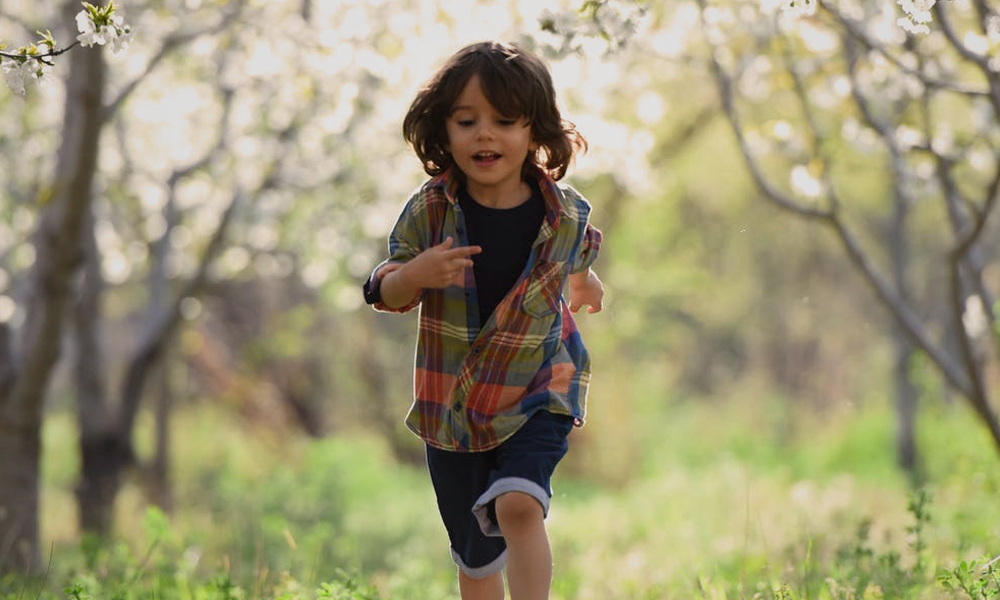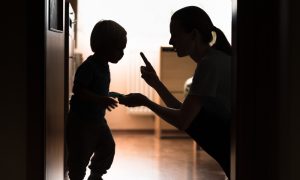“What starts as a little bit of fear becomes terror;
a little bit of anger becomes rage;
and a little bit of sadness becomes desolation.”*
For children from hard places, emotions quickly take over their minds and bodies, and it takes mindful awareness (on the part of the child and that adult) to return to a regulated state. A child who seems fidgety and defiant may be feeling anxiety. A student who is having difficulty completing tasks may be experiencing sensory overload, or may need sensory input. Sometimes students who seem to go from zero to one hundred in an instant very likely just need someone to mentor their regulation skills until they are able to regulate themselves.
The good news is that we can teach children to calm themselves by teaching students to be mindful of their bodies and emotions. Here are three questions to use when teaching children and adolescents to self-regulate:
1. How does my body feel right now?
Children from hard places or with an attachment disorder tend to have difficulty identifying and naming emotions. If children learn to notice how their bodies feel and can place those feelings with various emotions (i.e., tense muscles from anger), then they can apply a strategy to regulate themselves and reduce or prevent meltdowns, tears, or struggles with peers and adults.
2. What strategy can I use to _________ (relax, calm down, wake up, refocus, etc.)?
Proactive teaching provides tools for children to use before their emotions take over. Teaching self regulation strategies proactively also helps children recognize heir need for regulation. Choose an emotion, discuss how it feels, and how to recognize emotion, and then teach and practice an associated strategy that children can use at any time. This exercise teaches the essence of self-regulation and mindful awareness.
3. How will my body feel after I use this strategy?
While practicing the calming/alerting strategy, give children an opportunity to experience how their bodies feel after applying the strategy. For example, if you teach a deep breathing practice, then let the children discuss how they feel after a few quality deep breaths. Encourage them to notice the difference between how they felt prior to using the strategy and how they feel afterward.
Teaching students to ask themselves these three simple questions can not only increase students’ mindful awareness, but also their on-task behaviors, confidence, independence, and abilities to make and keep friends. Consequently, mentoring self-regulation in this way causes reductions in time off-task, meltdowns, time spent redirecting attention, and discipline referrals. When children learn to regulate themselves using mindfulness strategies, we begin to see changed behavior – representing the healing that is happening in their bodies and minds.
*Bath, H. (2008). The three pillars of trauma-informed care. Reclaiming Children and Youth, 17(3):17-21.











